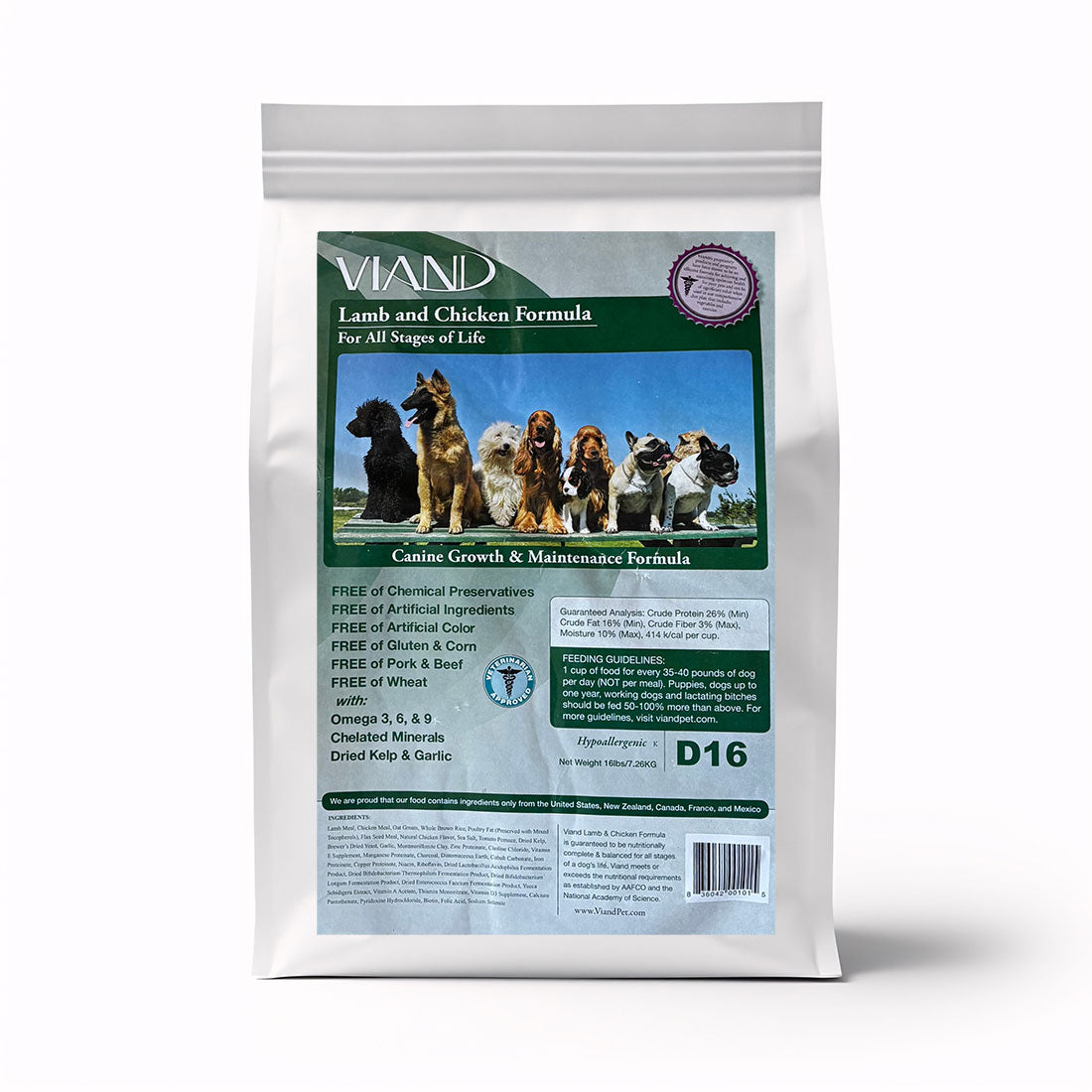· By Scott Pollak
Concerns About Commercial Pet Food
Brought to you by William Pollak D.V.M. and the Fairfield Animal Hospital.
What are you really feeding your pet?
This information is for people seeking powerful-yet-simple suggestions for enhancing Wellness in their companion animals, as well as in their own lives. This article addresses the importance of freshness, wholesomeness, and the appropriateness of what is consumed.
Not all seekers are looking for this enhanced Wellness. Most, in fact, are satisfied with their dogs or cats looking normal on their current commercial food; they presume the animal is just fine. It is not our wish to tell them otherwise. A developing sense of and desire for greater Wellness is growing in the world and is giving rise to this information. It is our hope that this small change-switching for your pet to a natural raw meat diet-will enhance the quality of life of not just your pet, but your entire household. We have seen this time and time again.
Some concerns about Commercial Pet Food:
- Pet labels mislead and distort nutritional facts.
- Meat sources when stated in full form such as Lamb, Chicken, etc.
are liquid meat, not natural meat form - Meat meals are concentrated meat
- Starches are fillers and unnatural to carnivores
- Some animal byproducts make regularly consumed pet food poisonous and toxic.
- Food additives, like coloring, are for the human purchaser, not the animal
consumer . - Product deficiencies lead to overeating, the buying of more product, and the creation of greater malnutrition.
- Our companion animals' life expectancies are growing shorter every generation.
- Chronic allergic reactions are primarily food-based, cause suffering, and require additional treatments that often exacerbate underlying dis-ease.
- Nutritional issues receive little publicity because the subject matter is technical and usually leads to the "naming of names." Pet food advertising revenue is huge and, consequently, advertisers are very powerful.
Common editorial policy must balance "newsworthiness" with business; this usually results in avoiding negative references to advertisers' products.
This situation is neither political nor, by contemporary standards, even sensational. It is, however, something we deal with every day. It is lack of information. Food manufacturers are silent; they sell pet food in a highly competitive market at prices that haven't changed in many years. Have you ever asked yourself: Why not? The raw
Our biggest concern as consumers of commercially available pet foods is that this food:
- Contains ingredients, chemicals, toxins, and poisons that should not be consumed.
- Lacks ingredients that should be part of our pet's daily food diet.
Package labeling is a necessary obligation the food manufacturers are required by law to provide. These laws, however, perpetuate a classification system that has little to do with nutritional value. Manufacturers can and do use obscure and easily misunderstood terms. Why are these labels so obscure? The first and most important question to ask, for a better indication of the nutritional value of food we buy, is: What percent of the food is
A substance is a nutrient only when it is digestible; that is, absorbed and assimilated by an animal consuming the food product.
Pet and baby foods are unlike any other products sold in a supermarket. Both items claim to be a complete "whole" nutritional package for the consumer; all other foods in the supermarket are part of an overall, individually tailored diet. Deficiencies in one food product are balanced by another food product if variety and wholesomeness is valued. The possibility of choosing what one wants to eat is available to humans.
Our pets, however, are denied this choice when given only commercial pet food as their sole source of nutrition. A pet owner must be satisfied in the belief the pet food is all an animal really needs to ensure minimum nutritional needs. Rarely can one find a pet diet that provides more than the minimum daily nutritional requirements-that seeks to provide, in fact, greater Wellness. It would be wise to seek out commercial pet foods that are, at best, acceptable supplements to a more natural, raw meat diet.
The average pet owner feels satisfied upon leaving the store with a large bag of pet food purchased at a very affordable price (15 cents a pound). At home, the
Overeating quickly empties a food bag; non-nutrient fillers and appetite stimulants (addictive agents such as sucrose, corn syrup, salt and artificial flavoring) exacerbate a pet's already undernourished state. When a pet overeats a food of low nutritional value, it must "digest" additional calories, protein, carbohydrates and waste products to derive a minimal benefit from the diet. Already low "vital energy" stores are further depleted. This borderline state of starvation, despite regular feedings, produces a responsive, though non-alert; living, though non-vital, animal. In the end result, a pet owner or pet professional


